Like many others, I attended a Remembrance Day service last Sunday. I could have attended any number of services around Adelaide on 11 November, the day we remember on the 11th hour, of the 11th day of the 11th month, those members of the armed forces who died in the line of duty. For example, there was the state service held at the South Australian National War Memorial on North Terrace while another was held at the AIF section of West Terrace cemetery which this year was acknowledging the contribution of the men and women of Bomber Command. And, of course, simultaneously there were numerous community-based services of remembrance being held at local war memorials and RSLs in numerous towns all around the state.
However this year I chose to attend the ceremony held at the Centennial Park Cemetery on Goodwood Road in Pasadena. Each year Centennial Park remembers those who paid the ultimate sacrifice with a moving Remembrance Day Service, which is attended by representatives from all the armed forces as well as the SA Police, MFS, SES, RSL and Legacy, amongst others, and approximately 300 members of the public.
I was keen to hear and meet this year’s guest speaker Hamish Ludbrook, 18-year-old Scotch College student whose great grandfather was James Park Woods who had received a Victoria Cross for conspicuous bravery and devotion to duty near Le Verguier in France on 18 September 1918. I had become close to ‘our Jimmy’ as he was called by the media at the time whilst researching for the travelling exhibition Bravest of the Brave, a collaborative project between History SA and Veterans SA, about the eight South Australians awarded the Victoria Cross during the First World War. In fact I had just collected the display from Two Wells where it had been exhibited for the past month at their RSL sub branch. The son of a local blacksmith, Private Woods had been born at Two Wells and his mother, who died when he was just a boy, is buried in the town cemetery. Hamish wore a replica of his great grandfather’s Victoria Cross with pride throughout the ceremony and spoke movingly how he had heard stories from his grandmother how Woods’ war experience had affected him both physically and mentally.
It seemed a special place to be remembering those in our lives past and present effected by war. We were gathered beside the great marble Cross of Remembrance and beneath the boughs of two pine trees which had been propagated from seeds brought back from Gallipoli’s Lone Pine. All around us we could see and hear the flapping of hundreds of small Australian flags, each one planted on the site of a grave or memorial rose tree belonging to a returned service person in the green expanse of the Derrick Gardens, established in 1956 and named after South Australian WWII Victoria Cross recipient Lieutenant Thomas Derrick.
Along with the Catafalque Party made up of four Air Force Cadets, the service’s pomp and ceremony was heightened by the presence of two members of the Barossa Light Horse Historical Association on horseback and others from Re-Enact SA in WWII uniforms while the Scotch College Pipes & Drums Band completed the stirring procession. After the official laying of wreaths, Raymond Gordon Baldwin OAM read the Ode to the Fallen followed by the Last Post and traditional One Minute’s Silence. The singing of the National Anthem and a beautiful rendition of the famous poem ‘In Flanders Fields’ by the Walford School for Girls’ Capella choir concluded the official proceedings before we adjourned to the Jubilee Complex for morning tea.
There was an exhibition by the to view in the complex and I’m pleased to report that the Bravest of the Brave exhibition will be displayed here for the Remembrance Day Service in 2014 which also commemorates the centenary of the start of the First World War. Currently it is on display at Stirling’s Coventry Library until 9 December and at various venues all over South Australia throughout 2013.

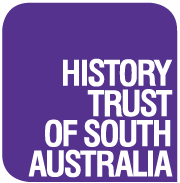

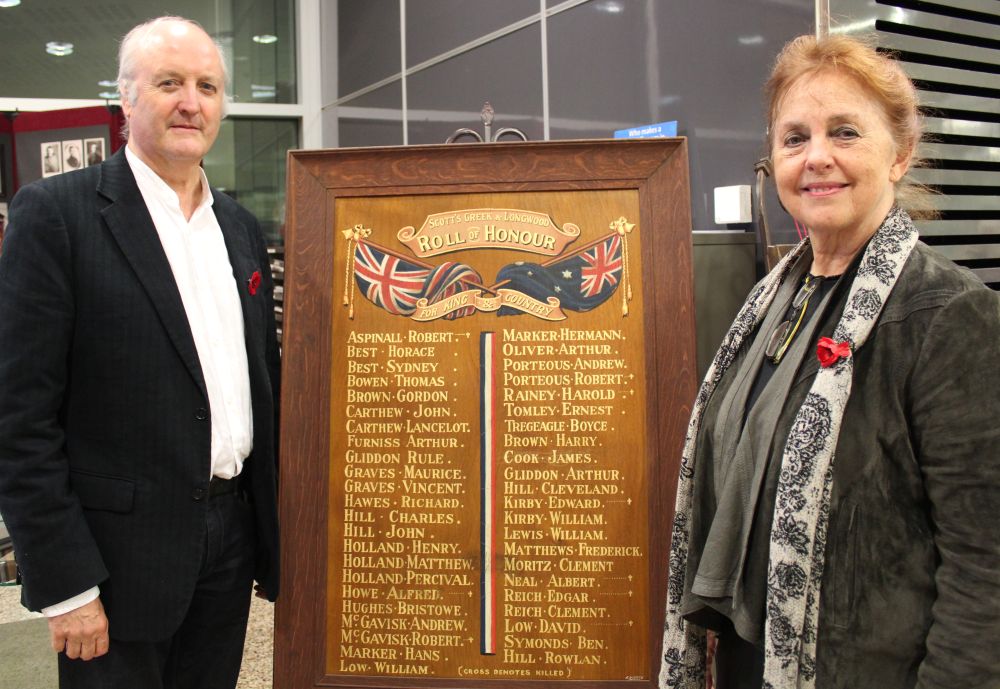
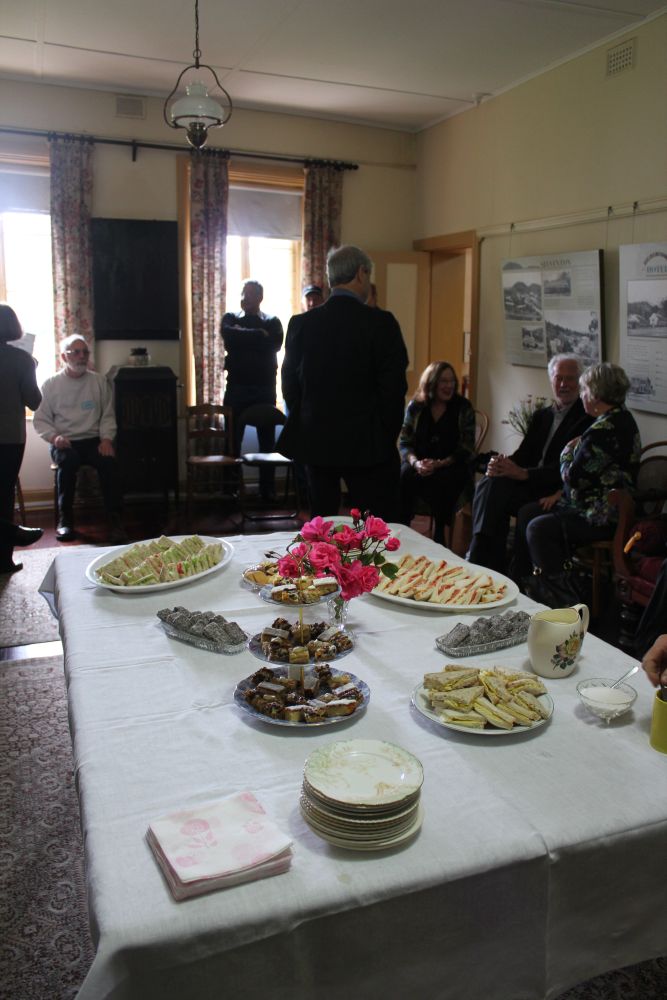
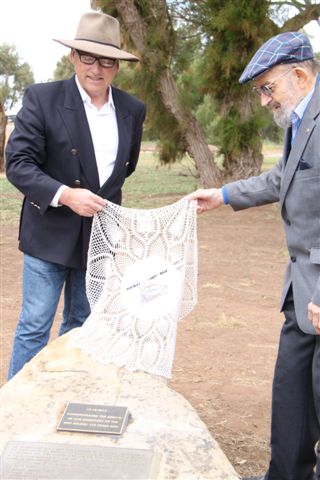
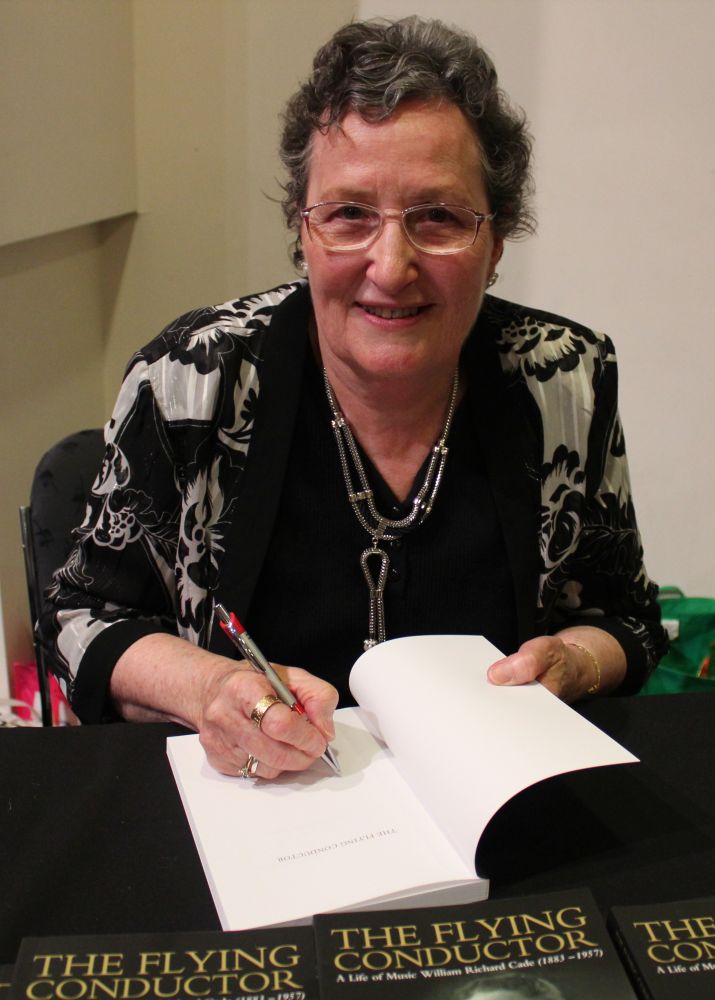
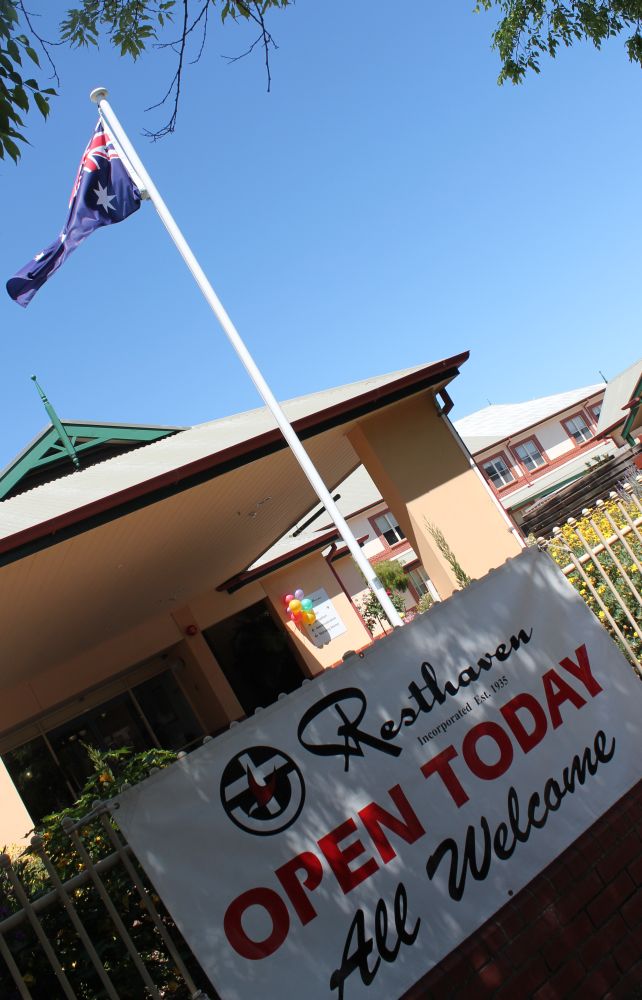
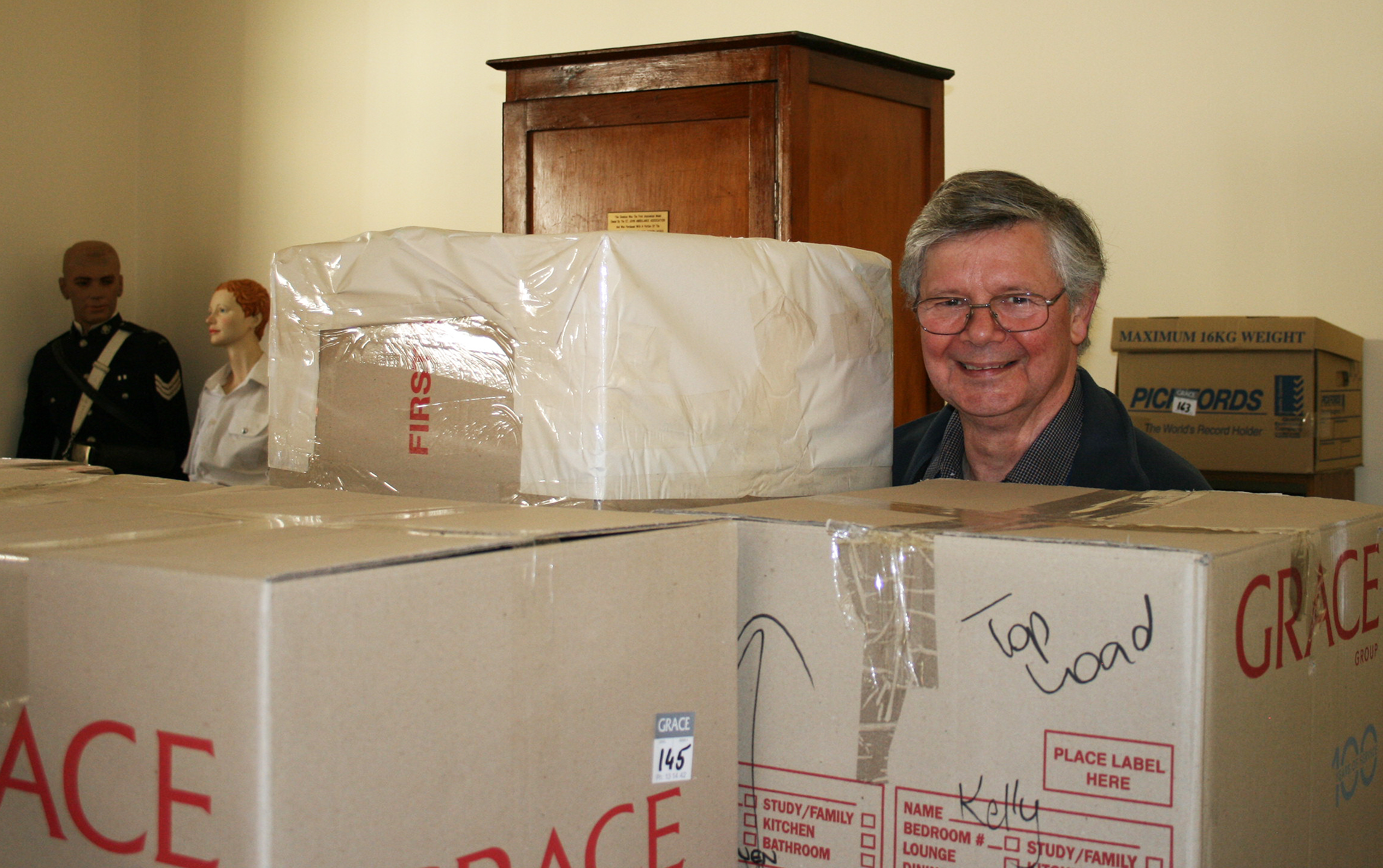
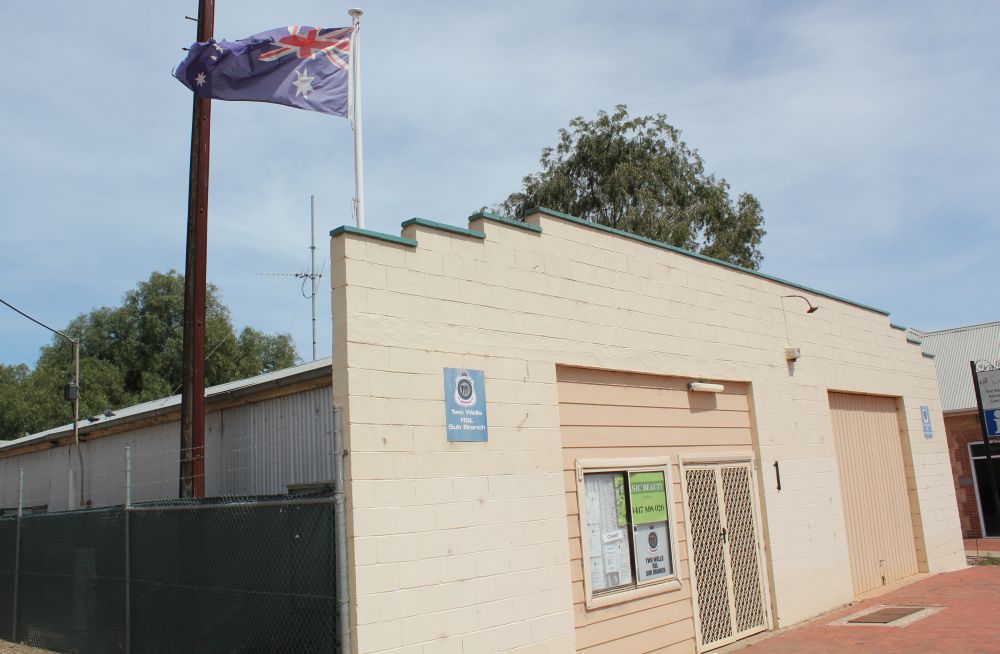
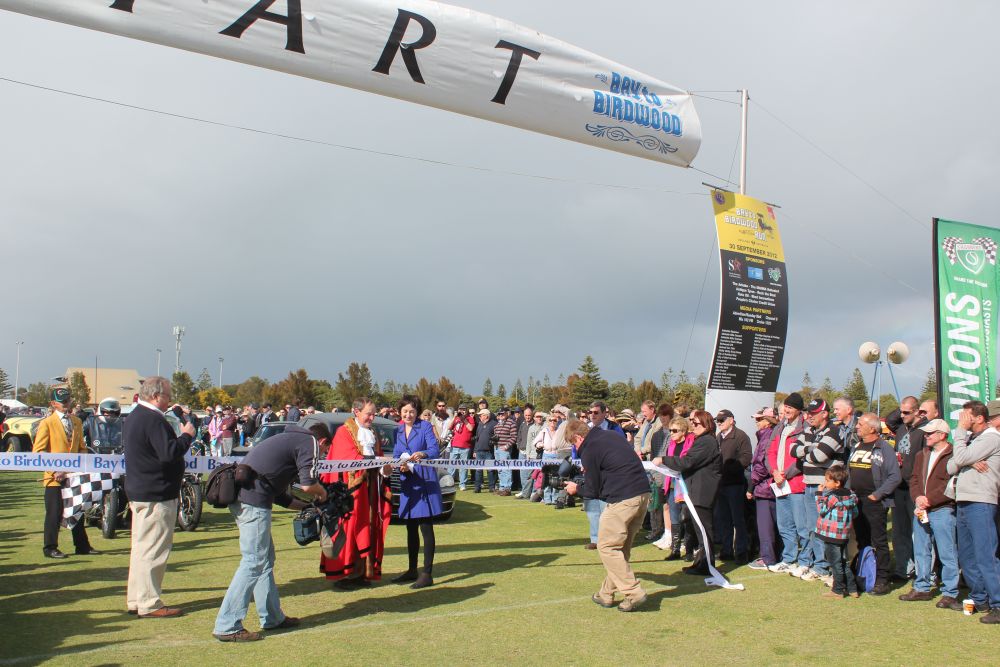
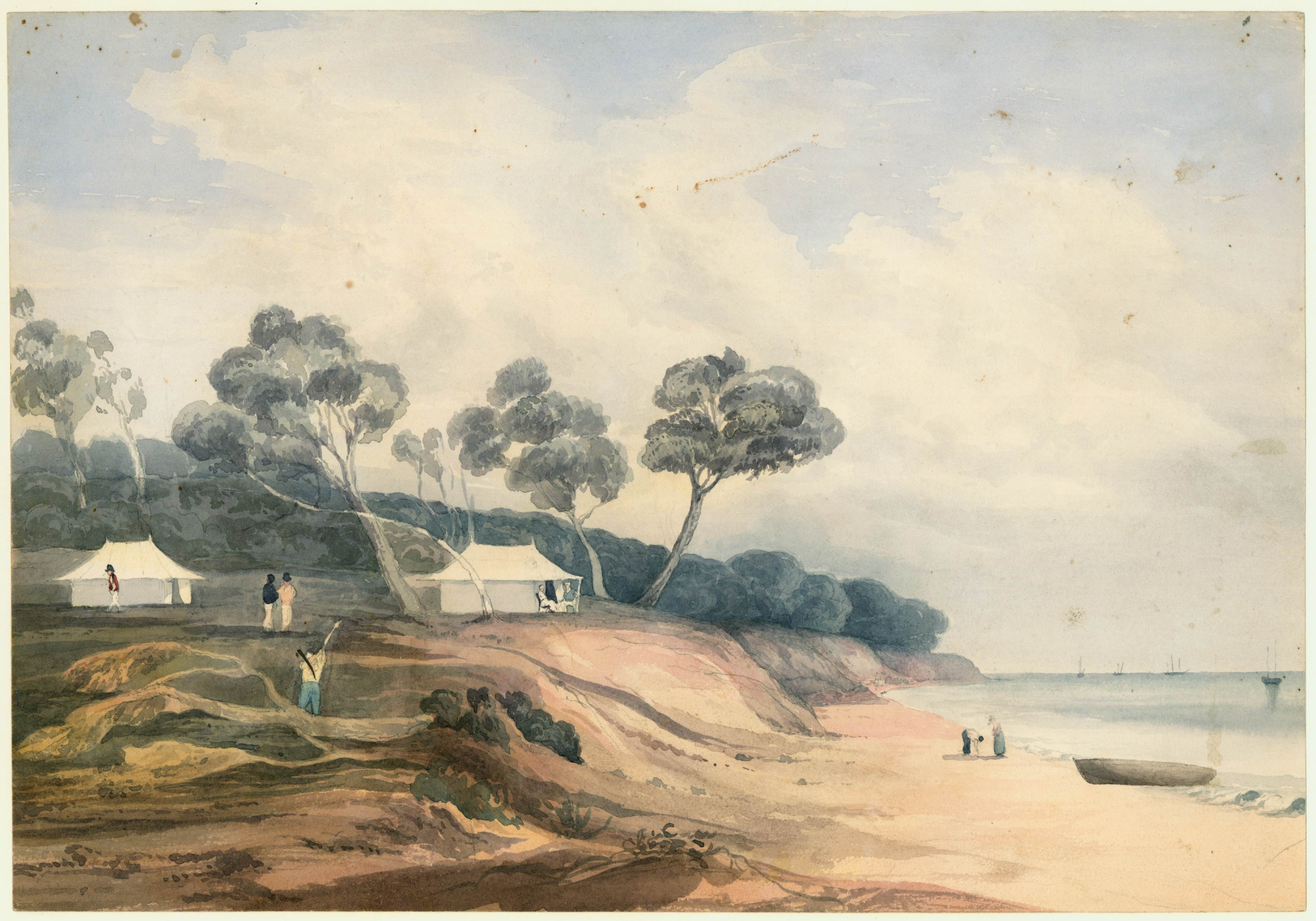
![Light, William: Mr Beares tents, Nepean Bay, Kangaroo Island [artwork], ca.1836, State Library of South Australia PRG1/5/182](http://www.community.history.sa.gov.au/files/imagecache/medium_landscape/unesco_memory_of_world_image.jpg) Nominations have opened for the UNESCO Australian Memory of the World Register. The Australian Register, founded in 2000, is part of the international Memory of the World, a UNESCO program aimed at preserving and providing access to valuable archival holdings and library collections around the world. There are currently 37 collections inscribed on the Australian Register, from the journals of Captain Cook to the Sorry Books signed by tens of thousands of Australians in 1998. South Australian material on the Register includes the 1836 South Australia Company Deed of Settlement, the William Light Collection and the Mountford-Sheard Collection.
Nominations have opened for the UNESCO Australian Memory of the World Register. The Australian Register, founded in 2000, is part of the international Memory of the World, a UNESCO program aimed at preserving and providing access to valuable archival holdings and library collections around the world. There are currently 37 collections inscribed on the Australian Register, from the journals of Captain Cook to the Sorry Books signed by tens of thousands of Australians in 1998. South Australian material on the Register includes the 1836 South Australia Company Deed of Settlement, the William Light Collection and the Mountford-Sheard Collection.
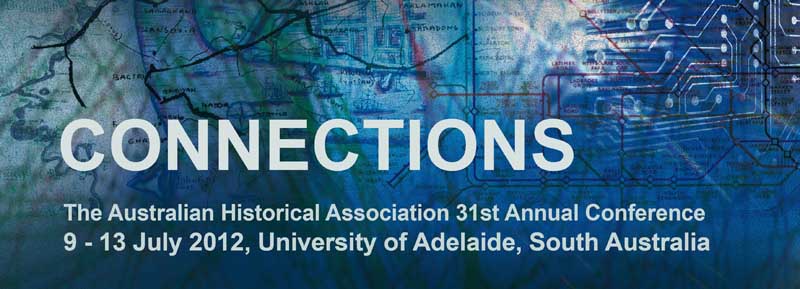
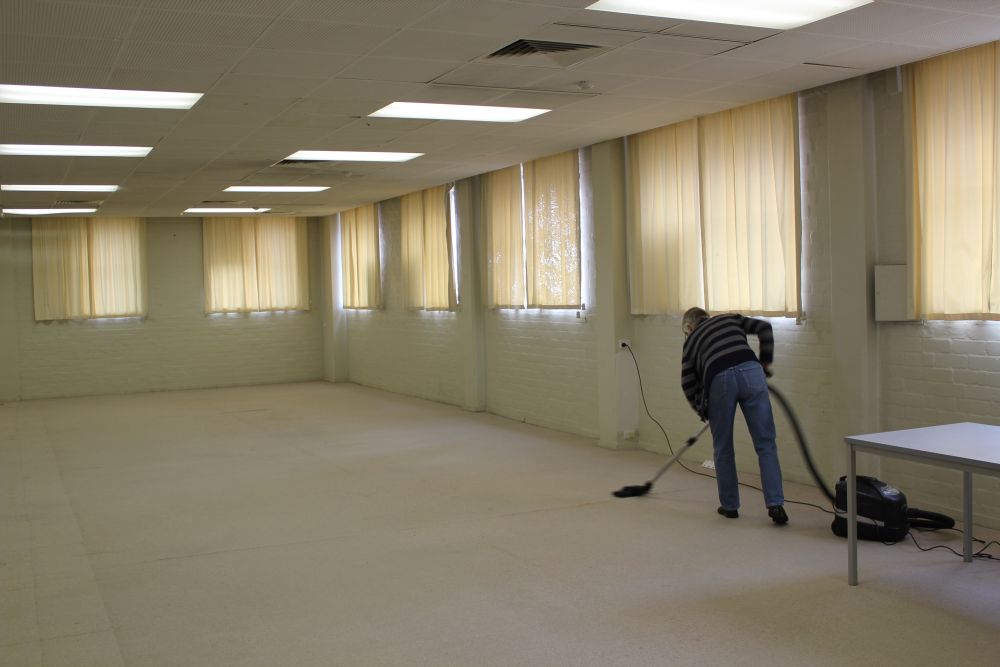
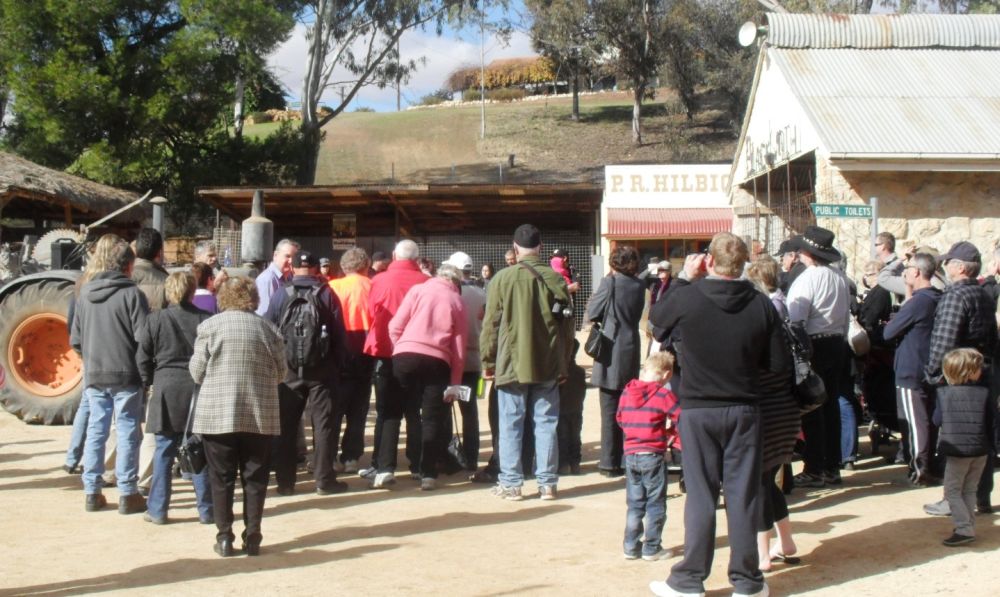
 The Loxton Historical Village Alive Day was held on the Sunday 10th June 2012 and we had a hugely successful, fun filled day. The atmosphere was great and we had hundreds of happy, smiling faces wandering through the displays!
The Loxton Historical Village Alive Day was held on the Sunday 10th June 2012 and we had a hugely successful, fun filled day. The atmosphere was great and we had hundreds of happy, smiling faces wandering through the displays! Our usual Alive Day activities were also very well received with crowds milling around the washing demonstrations and at the starting of the Lanz Bulldog Tractor. The line for tasty home baked goods from the Village Bakery was out of the door and along the verandah at one stage! (One gentleman explained that he didn’t mind waiting as the food was so good and admitted it was his second helping!)
Our usual Alive Day activities were also very well received with crowds milling around the washing demonstrations and at the starting of the Lanz Bulldog Tractor. The line for tasty home baked goods from the Village Bakery was out of the door and along the verandah at one stage! (One gentleman explained that he didn’t mind waiting as the food was so good and admitted it was his second helping!)
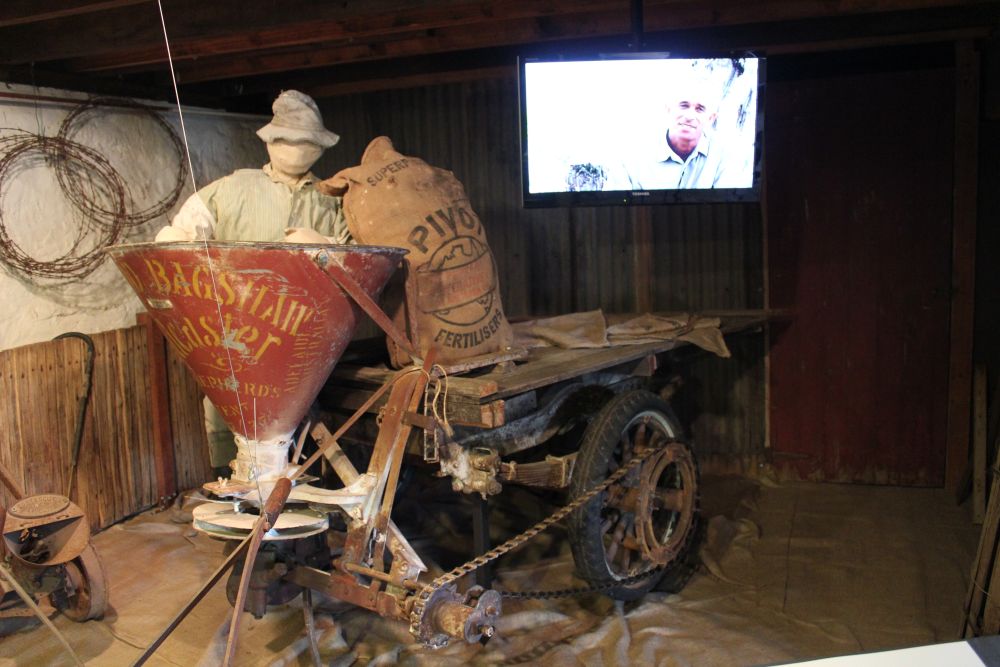
 On 4 May The Sheep’s Back Museum celebrated several major achievements with the official opening of their new exhibition gallery, collection store and workroom and their re-accreditation in the Community Museums Program. John Hill, Minister for the Arts, officiated at the event, which was very well attended by locals and representatives from other local museums. Amanda and Pauline were delighted to be among the crowd to see the culmination of several years work by the museum’s hard-working and dedicated volunteer team.
On 4 May The Sheep’s Back Museum celebrated several major achievements with the official opening of their new exhibition gallery, collection store and workroom and their re-accreditation in the Community Museums Program. John Hill, Minister for the Arts, officiated at the event, which was very well attended by locals and representatives from other local museums. Amanda and Pauline were delighted to be among the crowd to see the culmination of several years work by the museum’s hard-working and dedicated volunteer team.


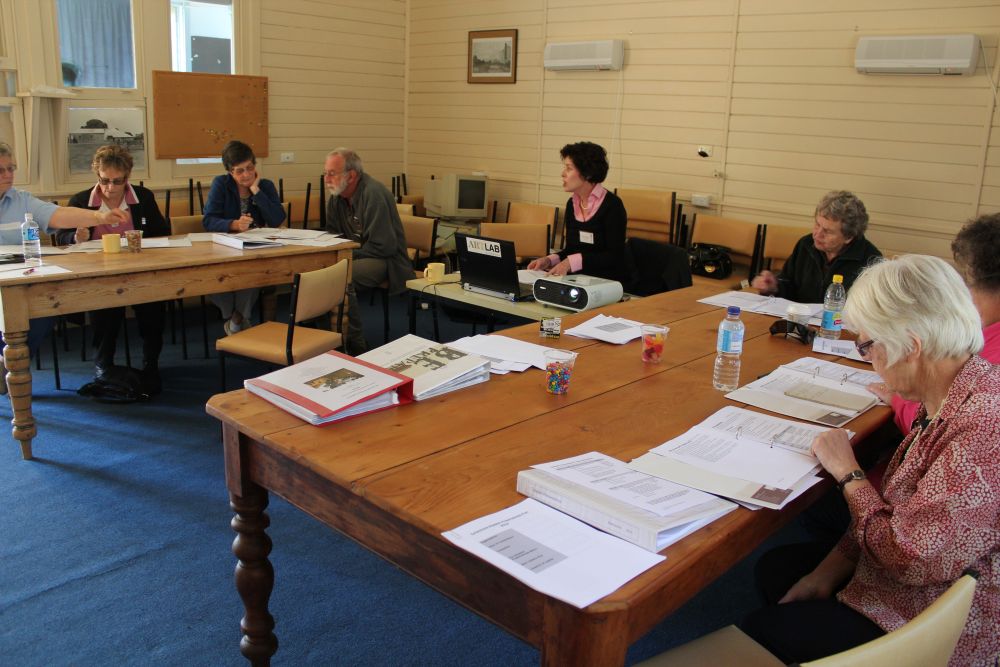

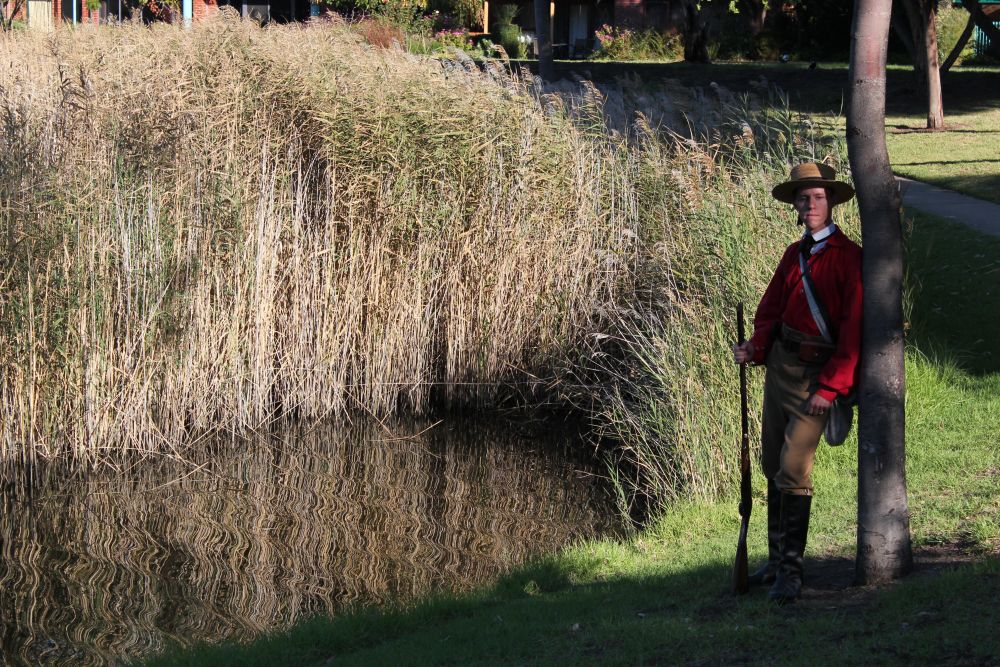
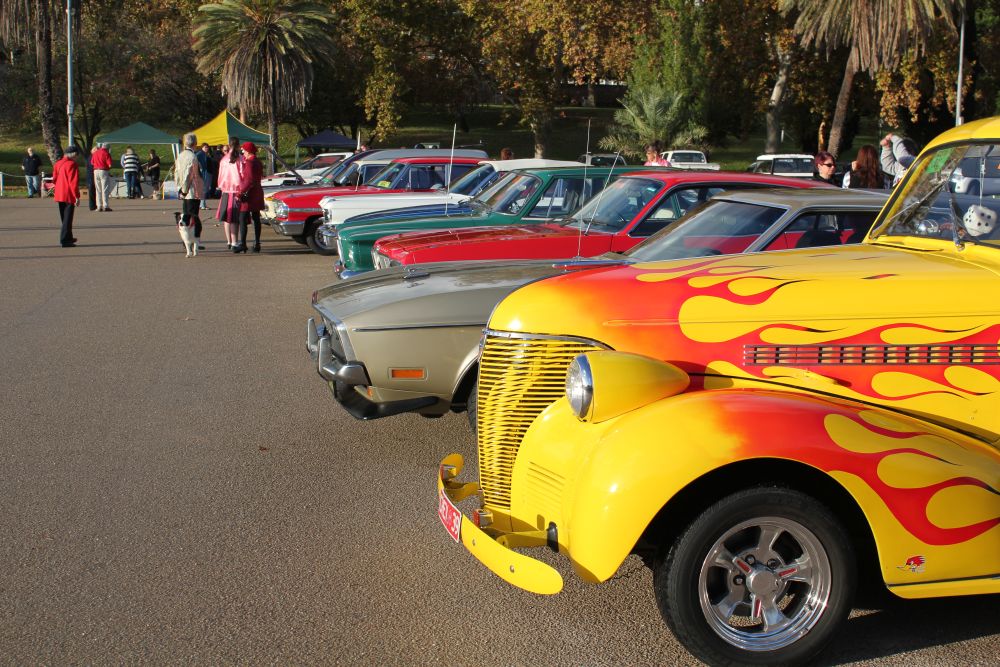

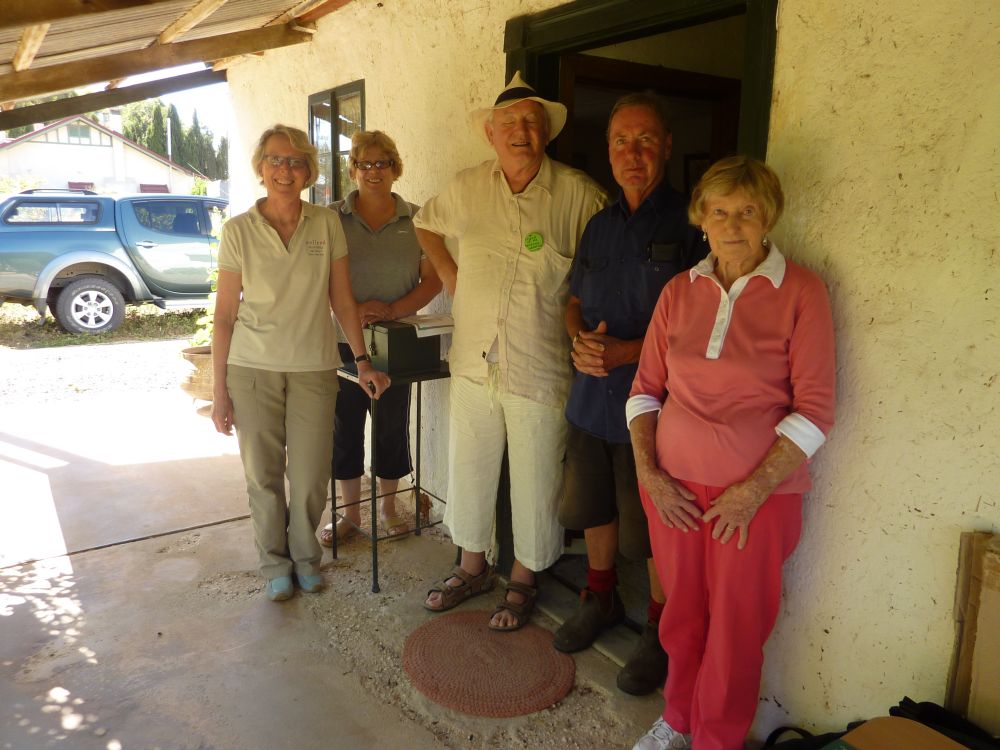
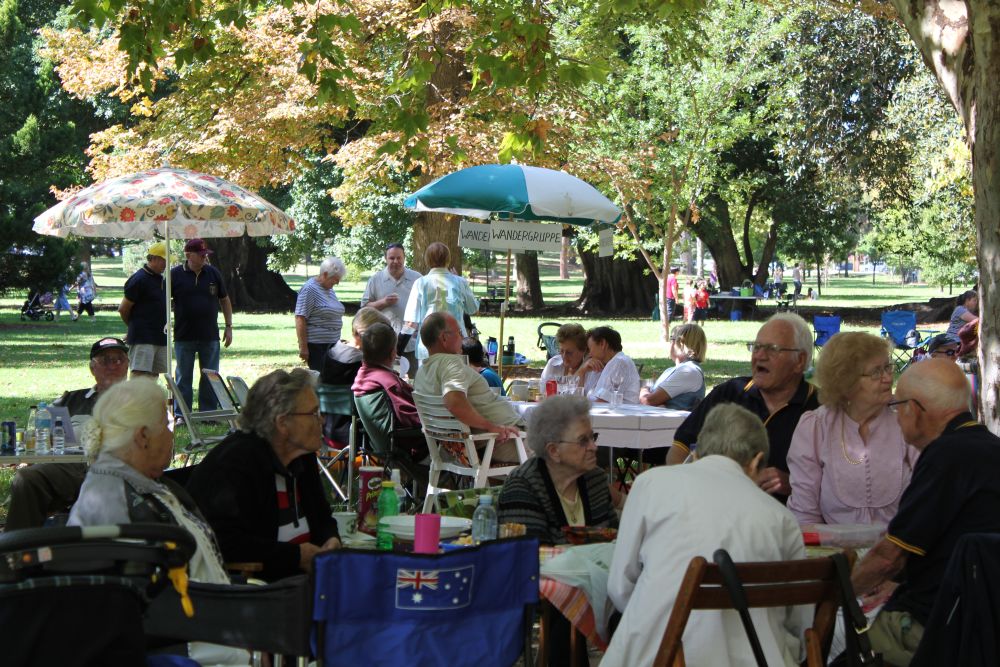

 At last, it’s time for About Time, South Australia’s History Festival. The program is out, the website is live. An amazing 513 events will be happening during the month of May ranging from walks to websites, talks to tours, and exhibitions to special events.
At last, it’s time for About Time, South Australia’s History Festival. The program is out, the website is live. An amazing 513 events will be happening during the month of May ranging from walks to websites, talks to tours, and exhibitions to special events. past two days, the Drill Hall at the Torrens Parade Ground where History SA is based has been transformed into a makeshift mailing office. Working in shifts, as many as 14 people from the CEO to volunteers and other members of staff from History SA’s museums, formed a production line – wrapping, sticking, stamping and piling up boxes and parcels ready for removal by Australia Post.
past two days, the Drill Hall at the Torrens Parade Ground where History SA is based has been transformed into a makeshift mailing office. Working in shifts, as many as 14 people from the CEO to volunteers and other members of staff from History SA’s museums, formed a production line – wrapping, sticking, stamping and piling up boxes and parcels ready for removal by Australia Post.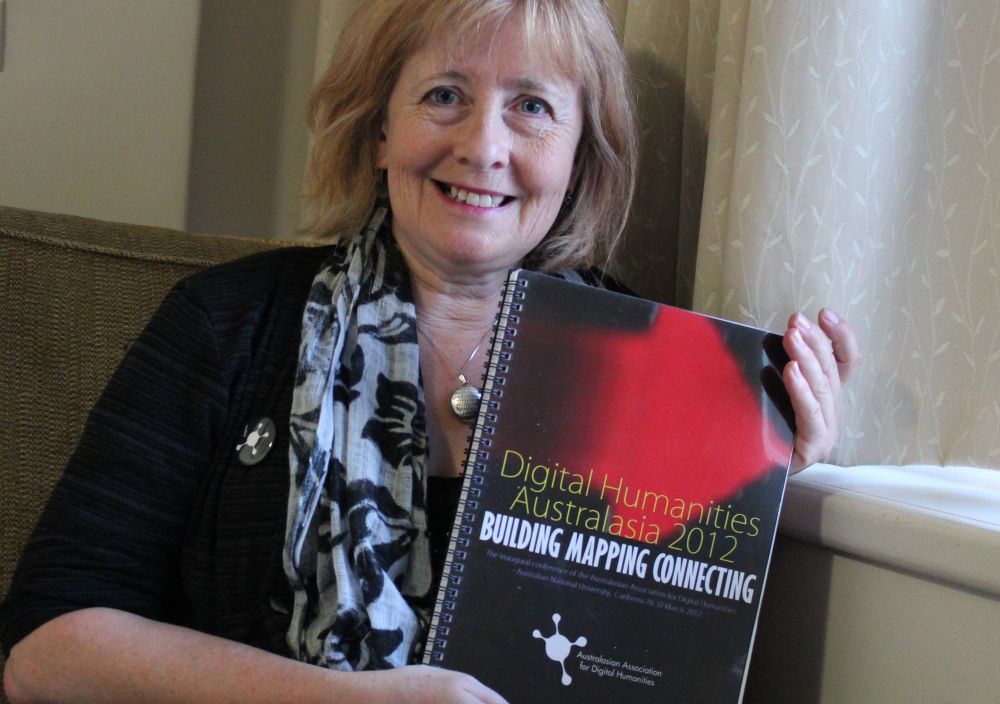
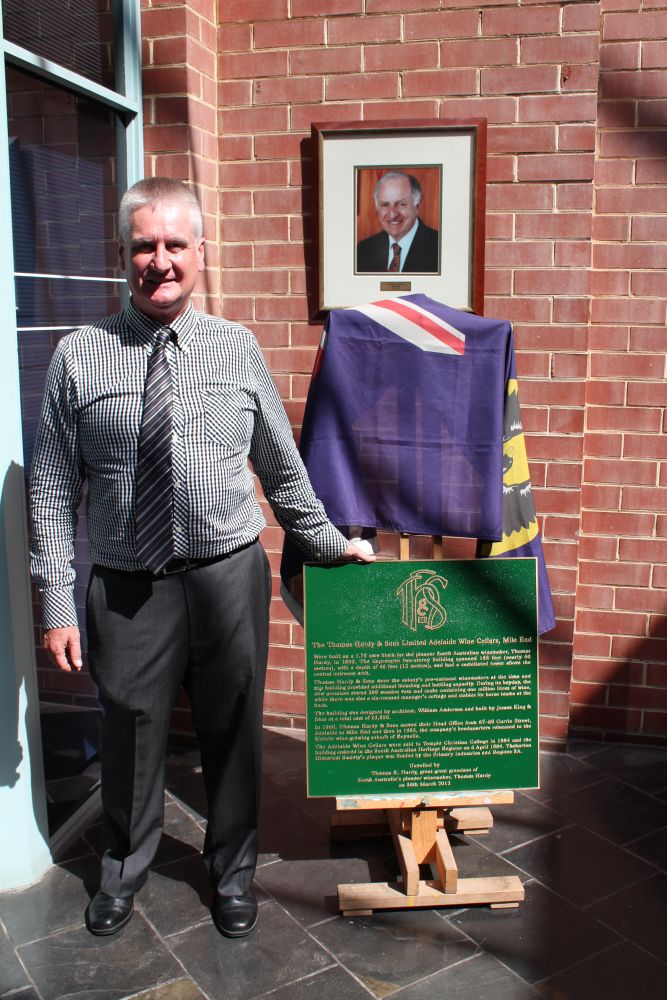

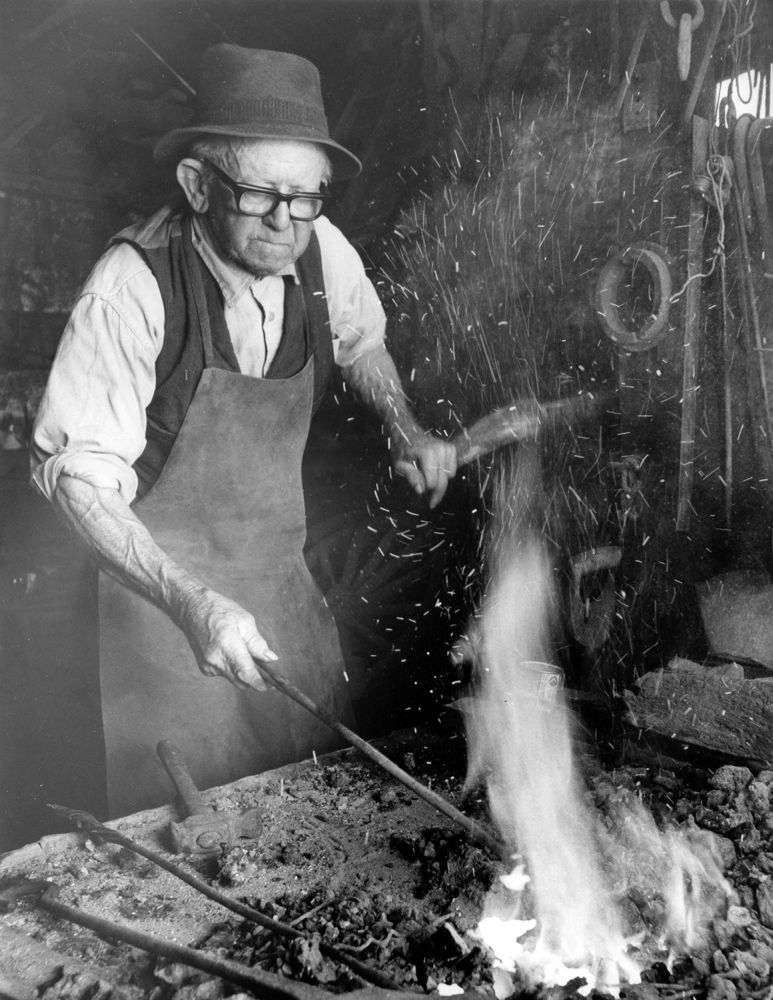
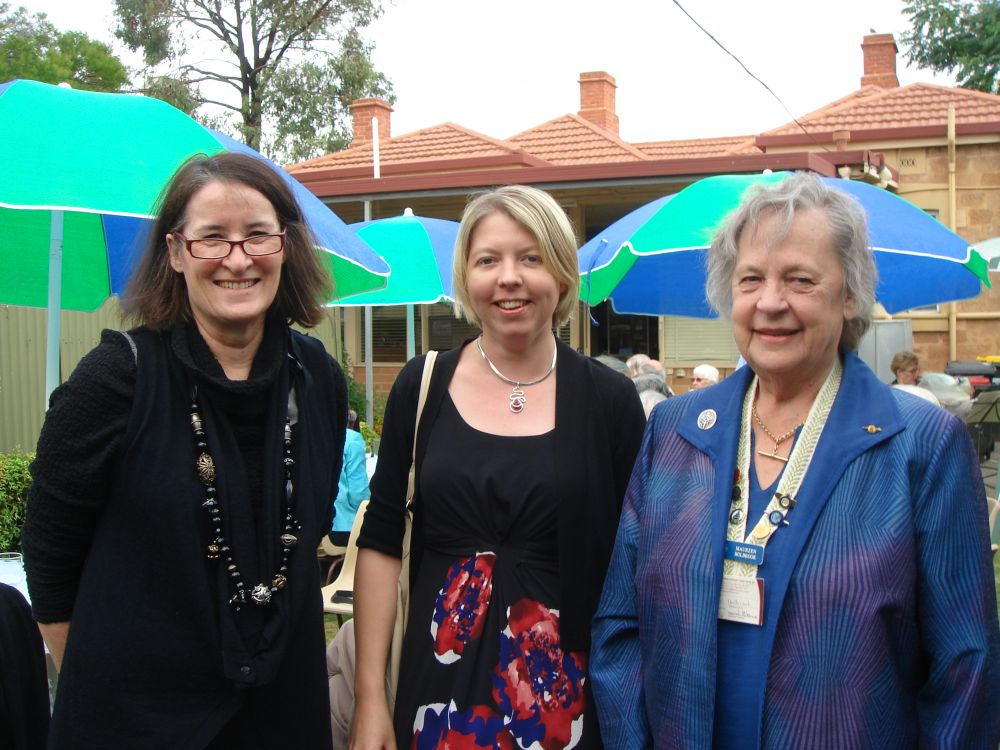
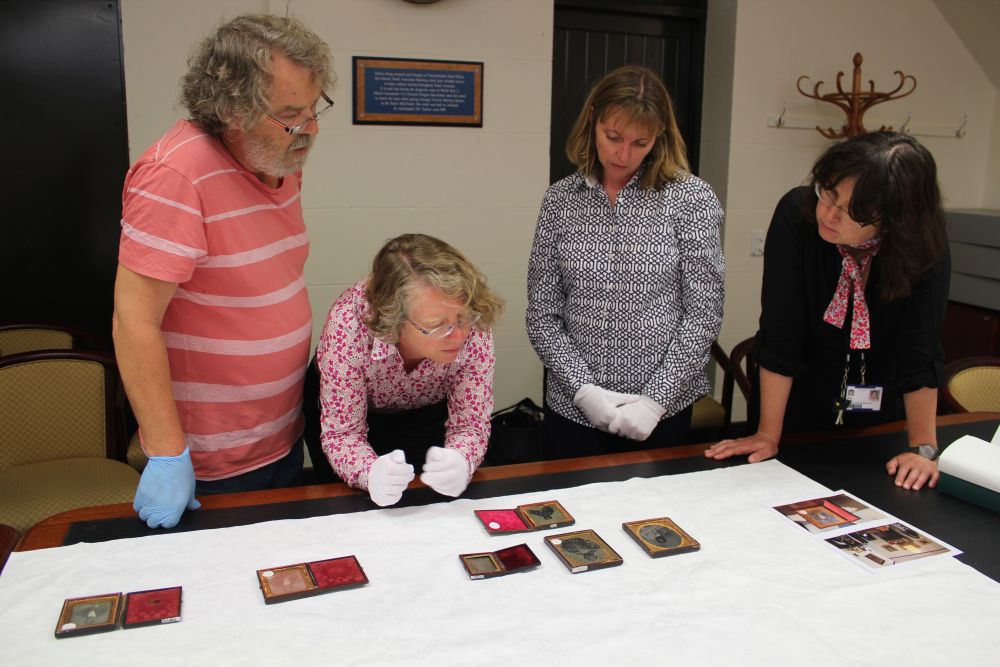
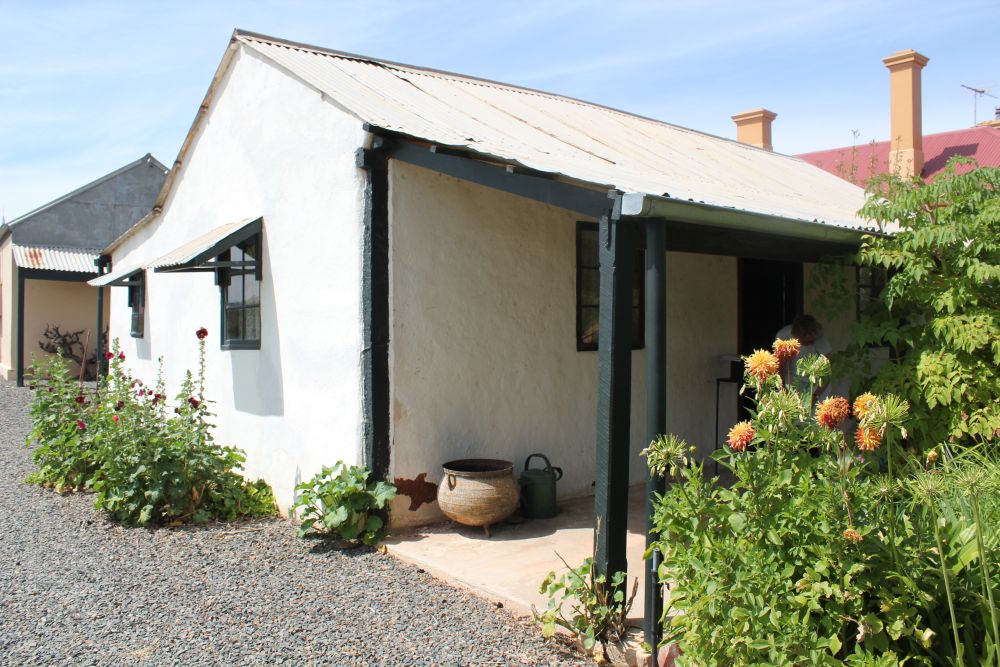
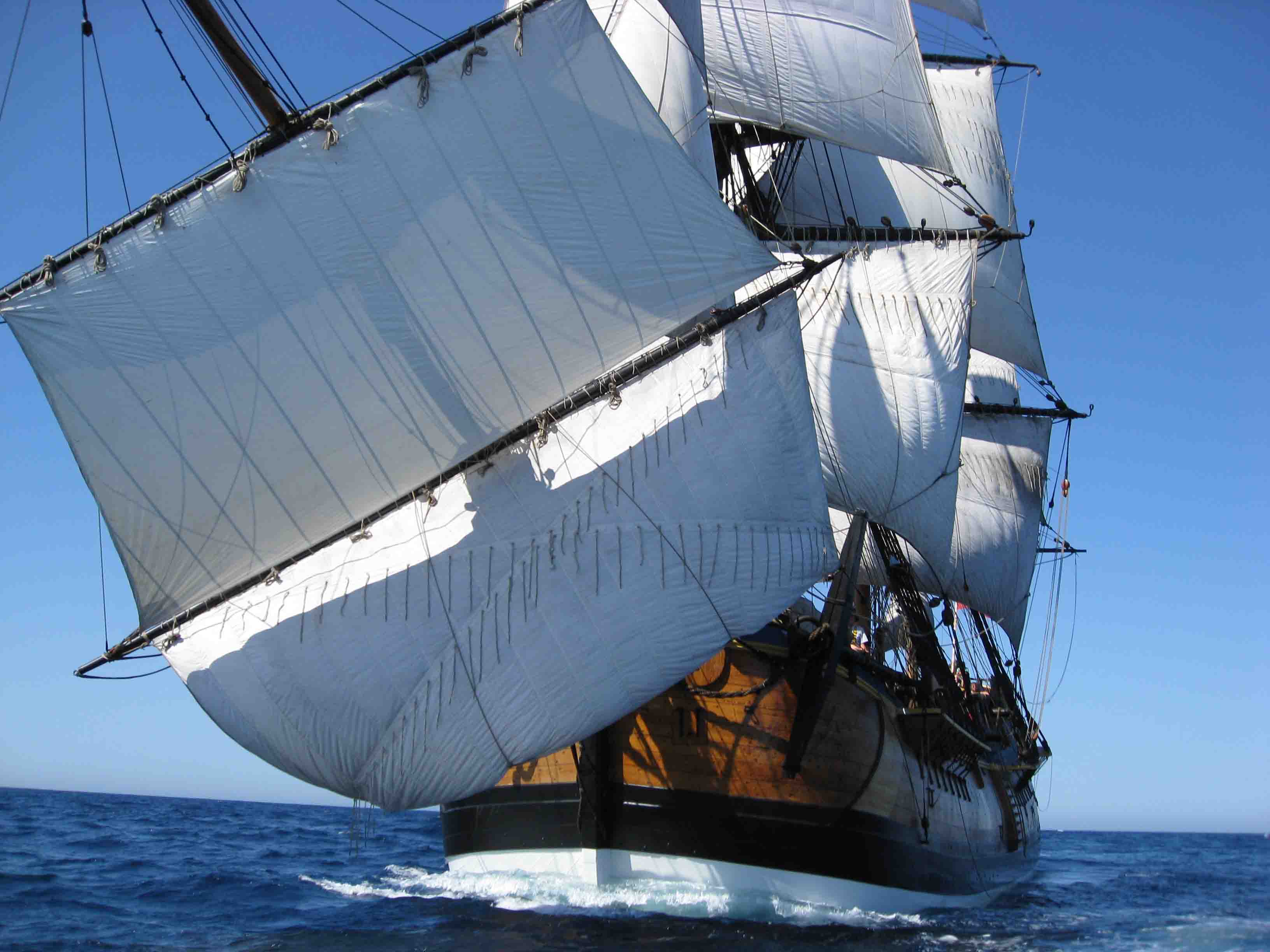
Recent Comments